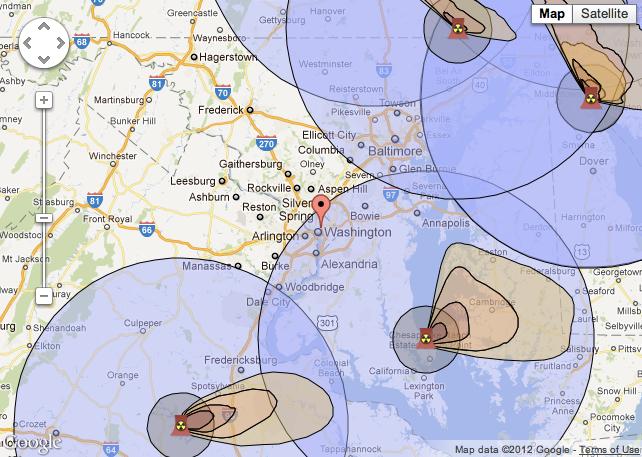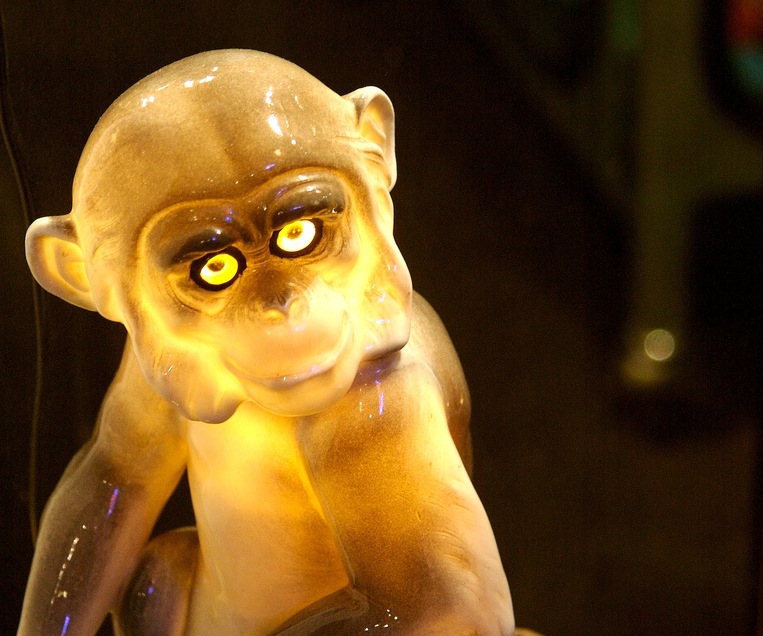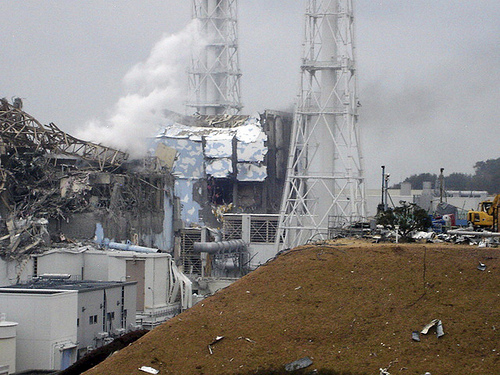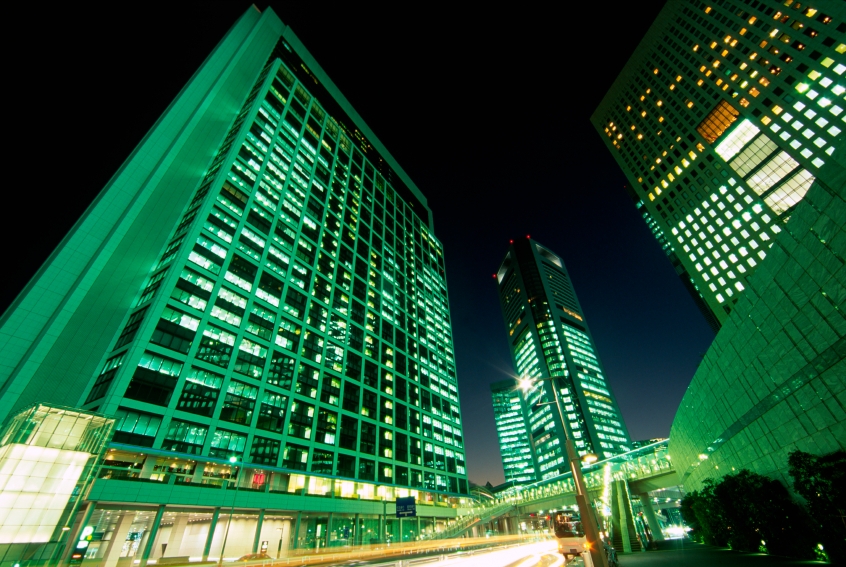fukushima
-
Map shows what a U.S. Fukushima could have looked like
With the one-year anniversary of the Fukushima reactor crisis approaching, the Natural Resources Defense Council has put together a mapping tool that lets you envision what could have happened if one of the 104 U.S. reactors had suffered a similar accident. The take-home message: If you live on the East Coast, you’re practically guaranteed to […]
-
Levitating houses stay safe during earthquakes
A Japanese company called Air Danshin Systems can make houses fly. Not all the time, and not for particularly long. But when it counts — during an earthquake — the company’s technology can levitate a house more than an inch off its foundation. That means that while the earth shakes, the house stays safe.
-
New revelations about how Fukushima almost forced the evacuation of Tokyo
During the most dire period in the Fukushima meltdown, the president of Japanese utility company Tepco tried to evacuate all workers at the stricken reactor. If that order went through, it would have precipitated a worst-case scenario and ultimately the evacuation of Tokyo.
-
Japan’s emissions shot up after Fukushima — but it could have been worse
After the Fukushima disaster, Japan launched a campaign to cut energy use. Businessmen wore relatively skimpy outfits to the office, turned off lights, abstained from air conditioning. But despite those energy efficiency efforts, carbon emissions still went up after the nuclear plant shut down. Aw hell — hot dark rooms full of scantily clad people […]
-
Critical List: No Grand Canyon uranium mining; Supreme Court case on wetlands
The Obama administration will announce today that it's limiting uranium mining near the Grand Canyon.
And the Supreme Court will hear arguments in a major environmental case in which the Sacketts, a couple backed by the conservative property rights group Pacific Legal Foundation, claim the EPA unfairly restricted their use of the property by determining that it was a wetland.A Japanese whaling ship is holding three activists who boarded it to protest its activities.
Is there a bubble in shale gas stakes? -
Radioactive monkeys will patrol Fukushima
Scientists have a new approach to monitoring radiation levels around Fukushima: They're outfitting local monkeys with radiation-measuring collars, then releasing them back into the wild. The monkeys will spend a month frolicking around the (potentially) nuclear forest, collecting data about radiation levels on the ground. The experimental device, which will also include GPS tracking and […]
-
Fukushima nuclear reactor meltdown more terrifying than we thought
In a new report, Tokyo Electric Power company has revealed that the Fukushima meltdown probably did more damage and was more dangerous than anyone realized at the time. The report's based on a simulation, but that simulation indicated that the entire ration of fuel inside one reactor could have turned into a pile of molten […]
-
It will take at least 30 years to safely close Fukushima
The Fukushima Daiichi nuclear plant was shut down in March, after earthquake and tsunami damage led to meltdowns, radiation leaks, and evacuations. But an expert panel, convened by Japan’s Atomic Energy Commission, says that fully decommissioning the plant will take at least 30 years. Closing Fukushima Daiichi doesn't just mean shutting down damaged reactors. That […]
-
Radioactive fallout detected in Tokyo
Radiation has a sneaky way of spreading, and in Tokyo, citizens have identified 20 sites contaminated by radioactive cesium from the Fukushima meltdown.
The government wasn't planning on testing in Tokyo, but citizens and a nuclear research center started their own investigation and came up with positive results.






